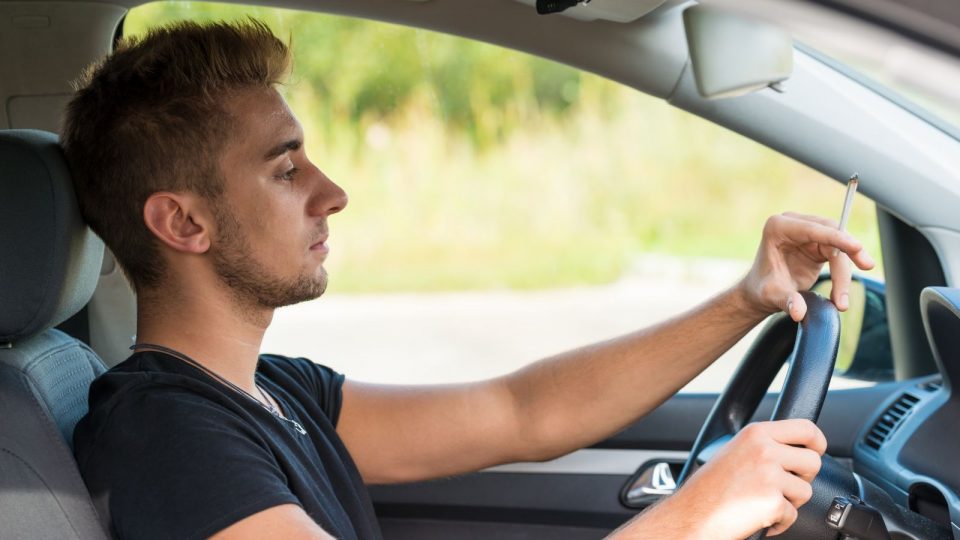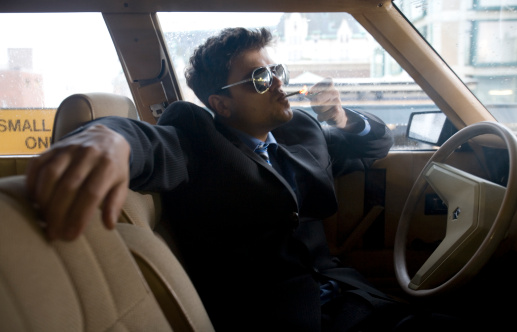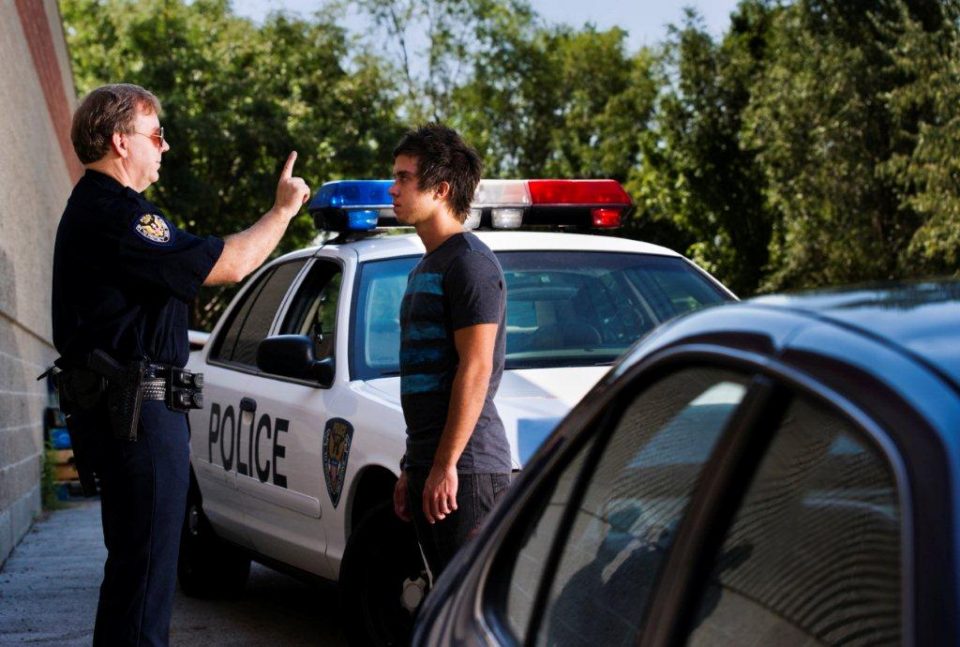- WE SAVE LIVES
- info@wesavelives.org
Drugged Driving Talking Points
We welcome DUID Victim Voices
September 18, 2016Slides on Florida’s Drugged Driving Problem
September 18, 2016Drugged Driving Talking Points
“Almost one-third of states have adopted the per se standard, which may be the single most effective policy tool for dealing with drugged drivers.” NHTSA – National Highway Traffic Safety Administration
“More effective measures to prevent drugged driving will not only increase safety on the nation’s roads and highways, but they will reduce illegal drug use and provide an important new avenue into treatment for individuals with substance use disorders, just as drunk driving arrests now provide alcohol abusers with an important route into treatment.” Institute for Behavior and Health
- After alcohol, cannabis is the most frequently encountered drug in European and North America driving populations. (OECD, Drugs and Driving, Detection and Deterrence, 2010, OECD Publishing
- According to the Fatality Analysis Reporting System (FARS), one in three (33 percent) of all drivers with known drug-test results who were killed in motor vehicle crashes in 2009 tested positive for drugs (illegal substances as well as over-the-counter and prescription medications). (NHTSA, November – 2010)
- While the number of drivers killed in motor vehicle crashes has declined over the past five years, the number of drivers who tested positive for drugs has increased 18%. (NHTSA – 2010)
- Drugs were detected in up to 40% of injured drivers requiring medical treatment. (NHTSA)
- Drug use among drivers arrested for motor vehicle offenses is 15-50%; Highest rates reported among those arrested for impaired or reckless driving. (NHTSA – 2010)
- Even as the total number of drivers killed in motor vehicle crashes declined 21 percent from 2005 to 2009, the involvement of drugs in fatal crashes increased by 5 percent over the same time period. (NHTSA, November – 2010)
- “2009 AAA Study revealed that 78% of 55 and older drivers surveyed are taking more than one Rx medication and only 28% knew the impact the drugs could have on their ability to drive.” (Chuck Hayes, International Association of Chiefs of Police)
- “IBH conservatively estimates that 20% of crashes are caused by drugged driving. That translates into 8,600 deaths, 580,000 injuries, and $33 billion in property damage each year in the United States.” (Institute for Behavior and Health)
- “In a roadside study of drivers in British Columbia, over 10% tested positive for drug use compared to only 8% who tested positive for alcohol.” (Beirness, D.J., & Beasley, E.E. (2009). Alcohol & Drug Use Among Drivers: British Columbia Roadside Survey 2008. Ottawa, ON: Canadian Centre on Substance Abuse.)
- “According to the 2008 National Survey on Drug Use and Health (NSDUH), an estimated 10 million people aged 12 and older reported driving under the influence of illicit drugs during the year prior to being surveyed.” (Substance Abuse and Mental Health Services Administration. 2008 National Survey on Drug Use and Health. Rockville, MD: Office of Applied Studies, 2009.)
- Data analysis showed that 13% of seniors said they drove after using marijuana while 10% said they drove after having five or more drinks in the prior two weeks. (NIDA’s Annual Study, Monitoring the Future)
Drugged Driving and Young Adults
- 22% of young people report using drugs prior to driving. (NHTSA)
- 23.5% of drivers under 21 tested positive for drugs. (DHHS – Department of Health and Human Services)
- 16-20 year olds are more than twice as likely to drive after non-alcohol drug use compared with those over 21yrs. (SAMHSA – Substance Abuse and Mental Health Services Administration)
- 20% of twelfth grade students report smoking marijuana in cars. (PRIDE Surveys)
- 30% of teens had driven impaired by alcohol and/or drugs, or had been a passenger of an impaired driver in the two weeks prior to being surveyed. (National Institute on Drug Abuse – NIDA’s Annual Study, Monitoring the Future)
- “The 2007 State of Maryland Adolescent Survey indicates that 11.1 percent of the State’s licensed adolescent drivers reported driving under the influence of marijuana. on three or more occasions, and 10 percent reported driving while using a drug other than marijuana (not including alcohol)” (Maryland State Department of Education. 2007 Maryland Adolescent Survey.)
- The Nation’s largest survey of drug use among young people—one in ten high school seniors reported that in the two weeks prior to the survey they had driven after smoking marijuana. (NIDA’s Annual Study, Monitoring the Future)
Effects of Drugs on Driving
- Coordination – Effects on nerves/muscles – steering, braking, accelerating, manipulation of vehicle
- Reaction Time – Insufficient response – reaction
- Judgment – Cognitive effects, risk reduction, avoidance of potential hazards, anticipation, risk-taking behavior, inattention, decreased fear, exhilaration, loss of control (Bruce A. Goldberger, Ph.D., DABFT , Professor and Director of Toxicology, College of Medicine – Pathology & Psychiatry, President, American Academy of Forensic Sciences)
- Driving under the influence of cannabis increases the risk of being responsible for a crash. The risk of being responsible for an accident even increases with increasing cannabis concentration in the blood, indicating a causal relationship between cannabis and crashes. (Laumon, B., Gadegbeku, B., Martin, J.L. & Biecheler, M.B. (2005). Cannabis intoxication and fatal road, crashes in France: population based case-control study, British Medical Journal 331(7529), 1371–1376.)
- “A study that was performed in Canada showed that the crash risk associated with driving under the influence of cocaine, benzodiazepines, and cannabis is respectively 5, 2.5, and 2.2 times higher than that of a person who has not consumed these drugs.” (Mayhew, D. & Dussault, C. (eds) (2002). The Contribution of Alcohol and other Drugs Among Fatally Injured Drivers in Qu´ebec: Some Preliminary Results, The International Council on Alcohol, Drugs and Traffic Safety (ICADTS), Montreal)
- “Studies have shown that drugs are prevalent in 19–50% of drivers injured by a traffic crash, 6–35% of drivers killed by a traffic crash and 55–99% of drivers suspected of driving under the influence of drugs (DUID)” (Scheers, M., Verstraete, A.G., Adriaensen, M., Raes, E. & Tant, M. (2006). Rijden Onder Invloed van Psychoactieve Stoffen: Literatuurstudie en Evaluatie van He Handhavingsbeleid, Academia Press, Ghent, p. 291.t)
- “Responsibility analyses have also shown that benzodiazepines and cocaine are associated with increased risks of being responsible for an accident, and that the risk is higher for a combination of alcohol and benzodiazepines than for benzodiazepines alone.” (Drug-Impaired Driving: Encyclopedia of Forensic Sciences – Elke Raes & Alain G. Verstraete. Soderstrom, C.A., Dischinger, P.C., Kufera, J.A., Ho, S.M. & Shepard, A. (2005). Crash culpability relative to age and sex for injured drivers using alcohol, marijuana, or cocaine, Annual Proceedings – Association for the Advancement of Automotive Medicine 49, 315–330. (Longo, M.C., Hunter, C.E., Lokan, R.J., White, J.M. & White, M.A. (2000). The prevalence of alcohol, cannabinoids, benzodiazepines, and stimulants amongst injured drivers and their role in driver culpability: part ii: the relationship between drug prevalence and drug concentration, and driver culpability, Accident, Analysis and Prevention 32(5), 623–632.)
Recent Studies
“In a random sample of weekend nighttime drivers across the contiguous 48 states, researchers found that 16.3% of weekend nighttime drivers tested positive for drugs, compared to 2.2% of drivers with blood alcohol concentrations (BAC) at or above the legal limit of 0.08 g/dL. This was the first national study to conduct roadside testing for illegal drugs in addition to alcohol. Drugs were present more than 7 times as frequently as alcohol in those surveyed.” (National Roadside Survey, Institute for Behavior and Health)
“In another recent study, 65.7% of seriously injured drivers admitted to a Maryland Level-1 shock-trauma center were found to have positive toxicology results for alcohol and/or drugs. About 5l% of the total sample tested positive for illegal drugs, compared to 31% who tested positive for alcohol. A total of 26.9% of drivers tested positive for marijuana while 11.6% tested positive for cocaine, and 5.6% tested positive for either methamphetamine or amphetamine.” (Institute for Behavior and Health)
- Studies of randomly stopped drivers as well as seriously and fatally injured drivers show that drugged driving is a problem of roughly equal consequence and concern as drunk driving, (National Survey on Drug Use and Health, 2010)
- In a study of fatally injured drivers in Washington State (n=370), 35% were positive for drugs, 41% of all drivers were positive for alcohol. (Schwilke, Sampaiodos Santos, & Logan, 2006)
- Of all alcohol positive cases, 42% were also positive for one or more drugs showing the overlap in drug and alcohol use among drivers. (Schwilke, Sampaiodos Santos, & Logan, 2006)



